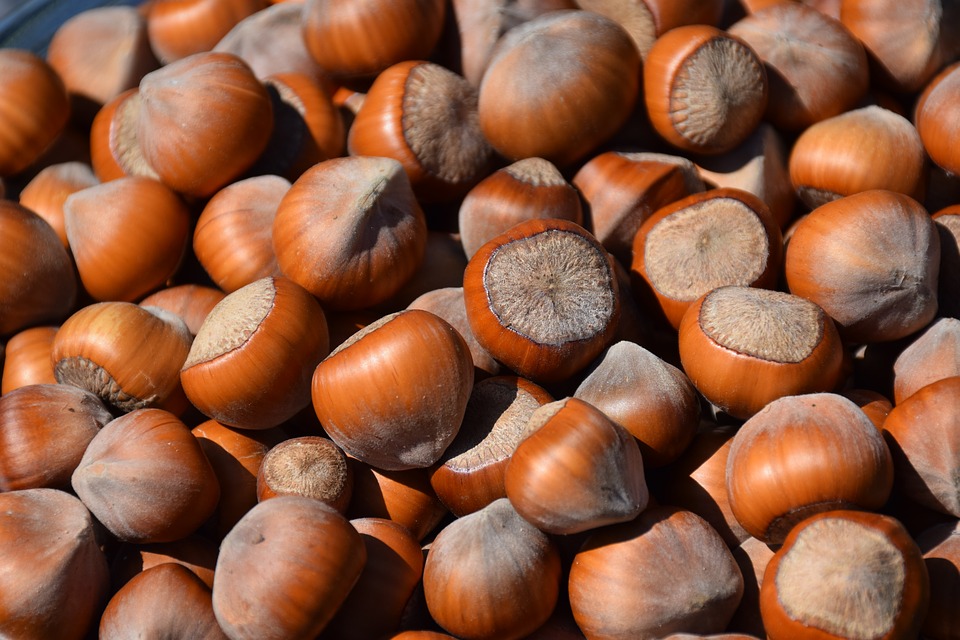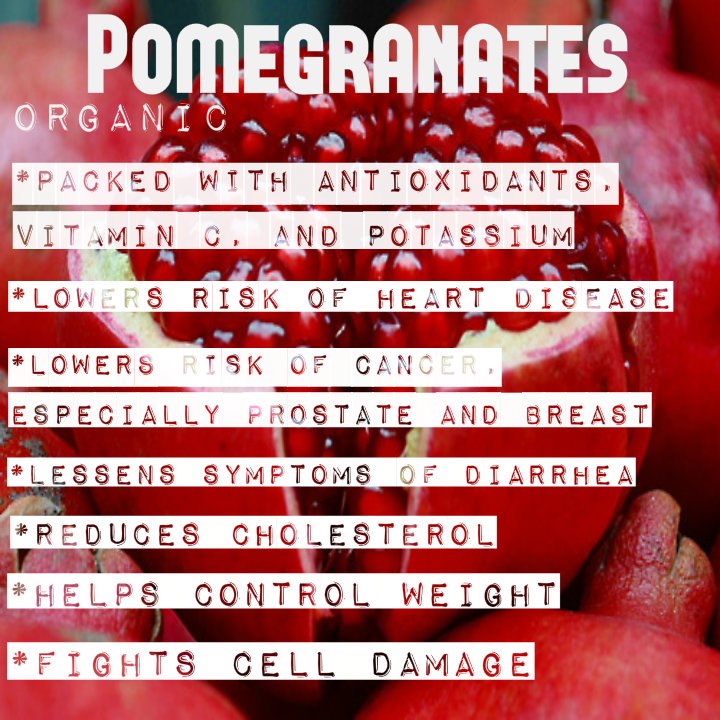Older adults who added hazelnuts to their diet for a few months significantly improved their levels of two key micronutrients, new research at Oregon State University indicates.
In the study, 32 people age 55 and older ate about 57 grams of hazelnuts – 2 ounces or about one-third cup – daily for 16 weeks.
Results showed increased blood concentrations of magnesium and elevated urinary levels of a breakdown product of alpha tocopherol, commonly known as vitamin E.
The findings, published in the Journal of Nutrition, are important because many Americans do not eat adequate amounts of either micronutrient. Older adults are at particular risk – lower concentrations of the micronutrients are associated with increased risk of age-related health problems including Alzheimer’s disease.
“This is one of the first times a study of this type has focused only on older adults,” said co-author Alex Michels, a researcher at OSU’s Linus Pauling Institute. “We wanted to fill in a piece of the puzzle – can hazelnuts improve the nutritional status of older adults specifically?”
Michels also noted few hazelnut studies have involved Oregon hazelnuts, which account for 99 percent of U.S. production of a nut also known as the filbert.
“Not that we think Oregon hazelnuts are much different than other sources,” he said, “but now the booming crop that we have in this state finally has science behind it. Perhaps other benefits of Oregon hazelnuts are awaiting future study.”
Maret Traber, the study’s corresponding author, notes that she and her collaborators used a novel biomarker – an alpha tocopherol metabolite – to determine hazelnuts had improved the research subjects’ vitamin E levels.
“It’s hard to determine changes in α-tocopherol levels in the blood of older adults because they tend toward elevated cholesterol levels which leads to more α-tocopherol being retained in the blood,” said Traber, a professor in the OSU College of Public Health and Human Sciences and the Ava Helen Pauling Professor at the Linus Pauling Institute. “So what we did instead was look at the urine to see how much of a vitamin E catabolite was in it. The catabolite should only increase if the body is getting enough vitamin E.”
The catabolite is alpha carboxyethyl hydroxychromanol, abbreviated to α-CEHC.
“It’s basically a vitamin E molecule where the tail has been chewed up into nothing, part of the natural breakdown process of vitamin E as the body uses it,” Michels said. “We saw urinary α-CEHC levels go up in almost every participant.”
In addition, blood analysis showed decreases in glucose and low-density lipoproteins, also known as “bad” cholesterol, in addition to increases in magnesium.
“All of which says that hazelnuts are good for you,” Traber said. “The findings demonstrate the power of adding hazelnuts to your diet, of just changing one thing. Vitamin E and magnesium are two of the most underconsumed micronutrients in the U.S. population, and there’s much more to hazelnuts than what we analyzed here. They’re also a great source of healthy fats, copper and B6. People don’t like taking multivitamins, but hazelnuts represent a multivitamin in a natural form.”
##


